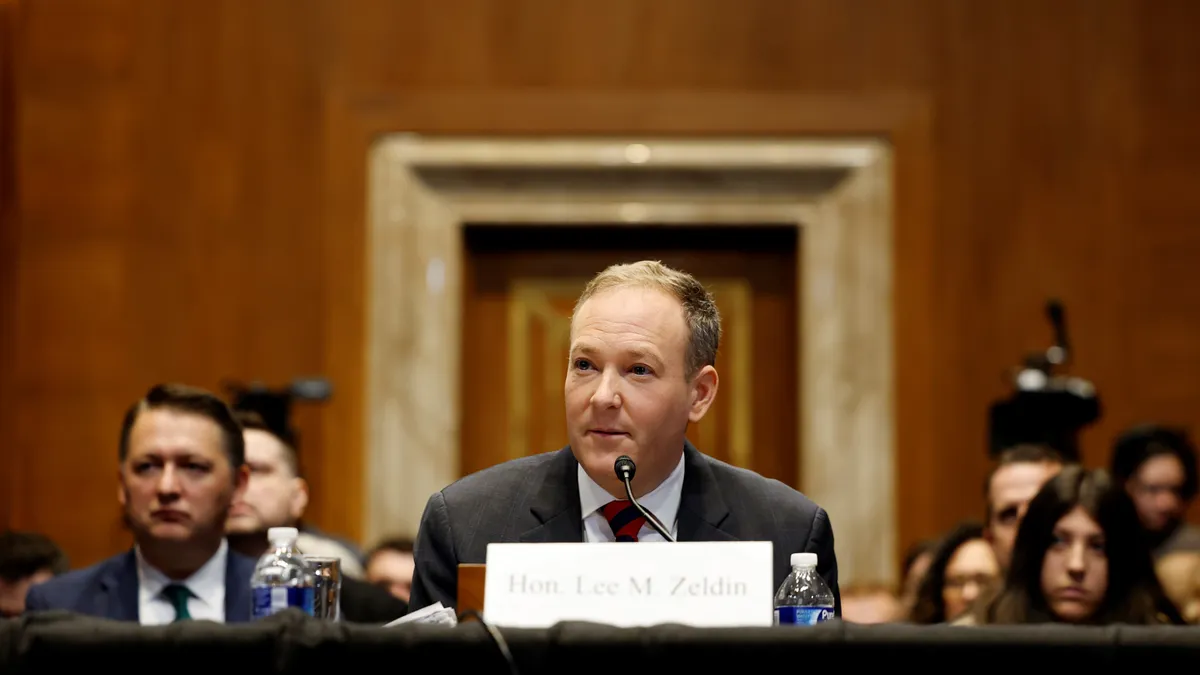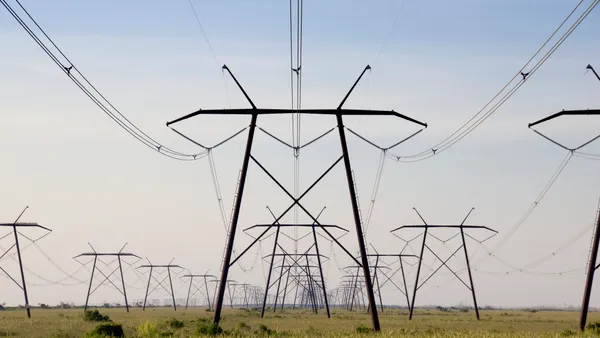Renewable Portfolio Standards (RPS) opponents are mounting tenacious efforts to repeal or dilute RPS in at least 15 dates. While opponents predict RPS will cut 1 million jobs nationally and income by trillions, defenders of RPS are tipping the debate with hard data showing how RPS multiply jobs and long-term energy stability.
Armed with what seem like distinct sets of data, the two sides are clashing over whether RPS are helping or hurting the U.S. So you be the judge--do RPS opponents and advocates have the numbers to back their attacks? Here's an analysis of the key numbers in Ohio, Kansas, Nevada and North Carolina.
OHIO
- Despite a failed attempt to repeal Ohio’s mandate last, the Senate is considering a bill to cancel the RPS standard of 25% renewables by 2025.
- Opponents, including FirstEnergy, say Ohio’s RPS would increase electricity prices by nearly 10% and dissolve more than 9,000 jobs by 2025.
- But the Natural Resources Defense Council reports Ohio’s RPS can generate 23,000 additional jobs and $3.6 billion of investment in manufacturing components. Further, supporters balk at the claim that standards raise electricity prices because Ohio has an economic cap which allows utilities to opt out of the mandate if electricity rates increase by more than 3%.
KANSAS
- A Senate bill to limit the renewable mandate to 15% died in committee last year, but House legislators are considering a new bill which delays the mandate’s timeline by two years.
- The Beacon Hill Institute strongly opposing the standards says Kansas RPS spike the cost of electricity by $644 million for the state’s consumers through 2020, lower employment by 12,110 jobs, and reduce disposable income by $1.483 billion.
- At the same time, supporters of RPS are armed with strong data. Between 2009 and 2012, the mandate has ushered in 19 wind farms, 12,300 jobs, $13.7 million dollars provided annually to landowners and $10.4 million in donations to communities inviting the wind farms.
NEVADA
- Nevada’s mandate require utilities to deploy 25% of its energy from clean sources by 2025.
- The Nevada Policy Research Institute backing opponents say the renewables standards are a wealth-destroying law that will cost Nevadans $2.275 billion by 2025, lower jobs by 1,930, cut disposable income by $233 million, and raise electricity rates by 6%
- But research from Applied Analysis found that the mandates will increase jobs and economic output due to fewer fossil fuel costs. Nevada will also see 45,256 jobs and $8 billion in economic impact through 2040 if RPS were expanded to 35%. Further, one advocate says Nevada can make lots of money selling its clean energy rather than importing a significant portion of it.
NORTH CAROLINA
- Republican state reps in North Carolina revived a bill to gut the state's mandate requiring 12% clean energy by 2021. The bill's main sponsor, State Rep. Mike Hager, is a former Duke Energy utility engineer and Duke continues to fund lobbies attaching the mandate, Bloomberg reports.
- Opponents say North Carolina ratepayers will be charged an extra $2 billion if the mandates succeed, reports the John Locke foundation of Beacon Hill Institute.
- But RPS supporters point to the fact that renewables contributed to more than $1.4 billion in investment in clean energy projects since 2007, saved 20,000 jobs and stabilized electricity rates, the Natural Resource Defense Council Reports.
Would you like to see more utility and energy news like this in your inbox on a daily basis? Subscribe to our Utility Dive email newsletter! You may also want to read Utility Dive's look at 11 Twitter accounts you should follow for smart grid expertise.












